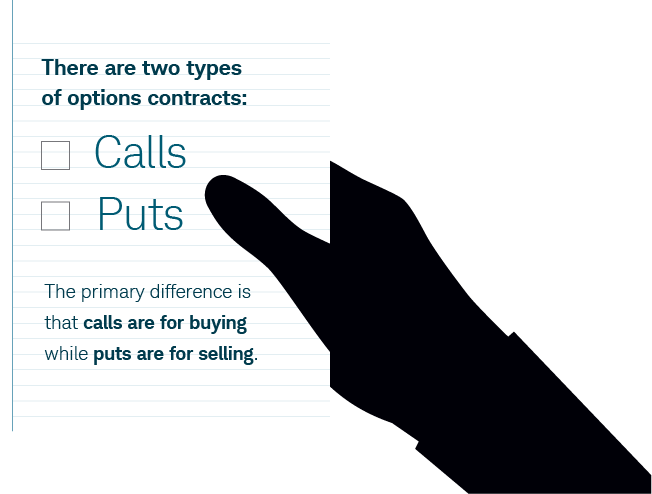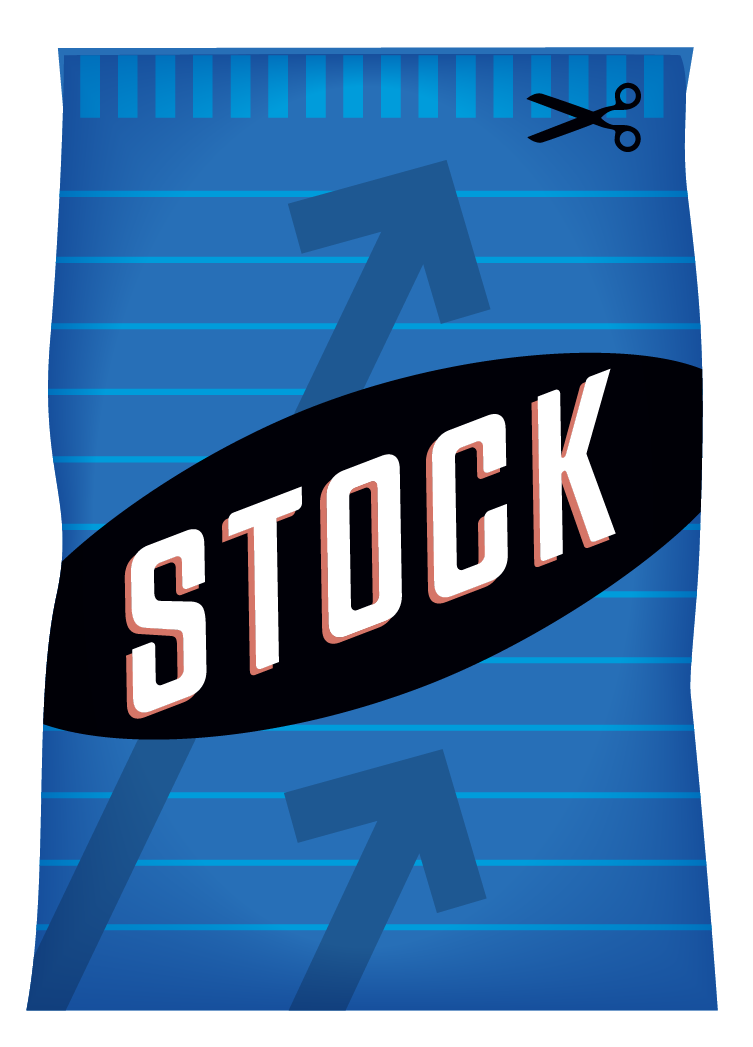
What is an Option?
If you've ever researched options, you may have come across a definition along these lines: An option gives you the right to buy or sell an asset at an agreed upon price for a specific period of time.
But what exactly does that mean?
To explain, let’s take a trip to the market...






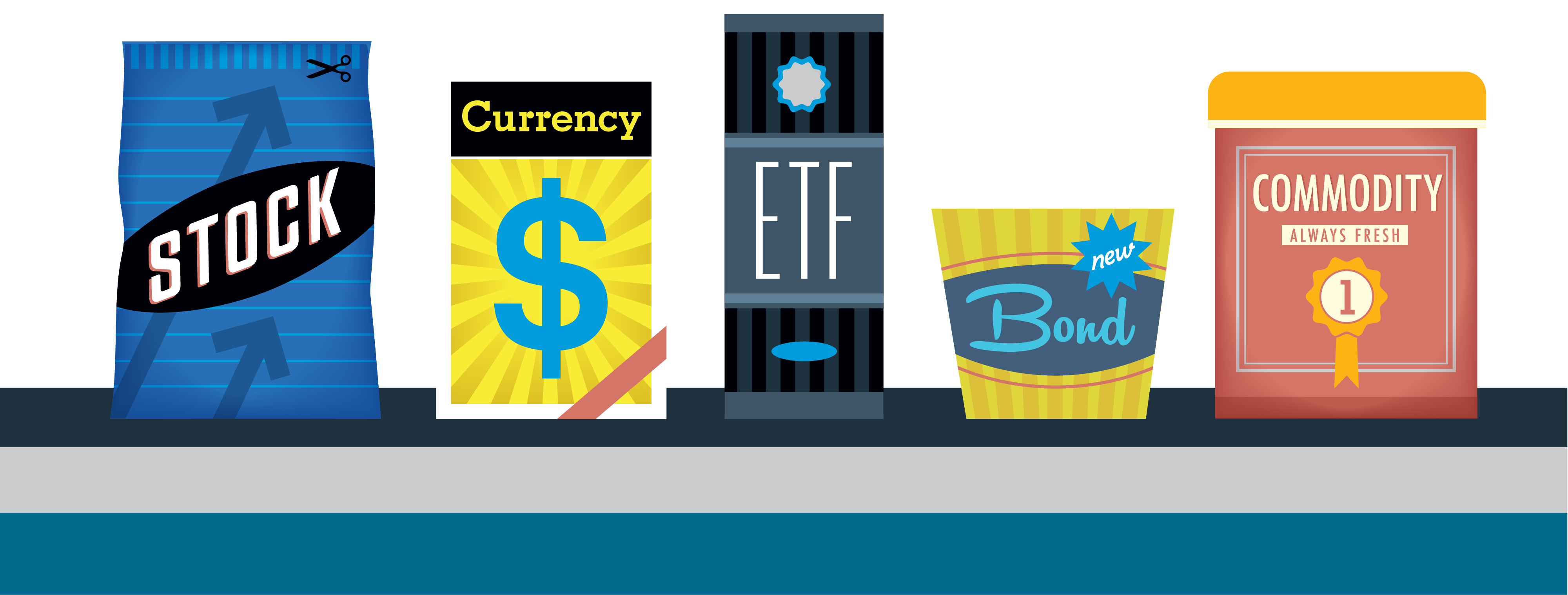

They are both represented by symbols that provide you with the details.
Click on each box to see corresponding symbol component.
Option type
This letter, either a “C” or “P”, indicates whether it is a call or put.
Underlying asset
This is the security/asset the option allows you to purchase or sell.
Expiration date
If an option is not exercised or closed out by the expiration date, it (of course) expires.
Strike price
This is the price at which you can buy or sell the shares.
*Quantity: All standard options contracts
are for 100 shares of the underlying asset.

We’ll start with call options,
which you can think of as a coupon that you buy.

GROCERY COUPON
This grocery coupon gives you the right to buy
- a specific quantity...
- of a specific product...
- at a specific price...
- for a specific period of time.
OPTIONS CALL CONTRACT
This call option contract gives you the right to buy
- a specific quantity...
- of a specific underlying asset ...
- at a specific price...
- for a specific period of time.
Let's say you're bullish on a stock.
You buy a call option with a $10 strike price at $2 per option.
Since each contract represents 100 shares of stock, the total cost for one call option contract is $200.
*How much do options cost?
There are a variety of factors that determine the price of an option. For the examples that follow, we’ll be using hypothetical options prices for simplicity.
Turns out you were right and the stock price rises from
$10 to $15/share.

You exercise your call and buy 100 shares of the stock at the strike price of $10.

times 100 shares


You now have spent $1,200: $1,000 to buy the stock and $200 to buy the call option.
You can immediately sell those shares at the market value of
$15/share
for a total profit of
$300
$1,500

- $1,200

$
Now let’s take a look at put options
Puts are typically purchased as a form of protection against undesired market movement, similar to auto insurance policies purchased to cover accidental damage.
INSURANCE POLICY
This insurance policy ensures—for a certain amount of time—that you receive a certain amount for your car, regardless of its current resale value.
PUT CONTRACT
Similarly, this put contract allows—for a certain amount of time—that you receive a certain amount for your shares, regardless of their current market value.
Let’s say you’re bullish on a stock.
You buy 100 shares at $50/share.
[$50 x 100 = $5,000]
Despite your bullish outlook, you want to protect yourself in case the price declines.
So, you buy a put option with a $48 strike price for $200.


The stock declines from $50 to $30/share.

You exercise the put and sell the 100 shares of the stock you own at $48/share, instead of at the market value of $30.
By “insuring” your long stock position with a put, you only lost $400 instead of $2000.

put contract






You sell your shares for $6,000, $1,000 more than you paid for them.
The $200 cost of the unexercised put contract cuts into your profit—essentially the cost of being “insured”—for a total profit of $800.




Three outcomes of an options contract
Once you buy an options contract, there are three different things you can do with it:

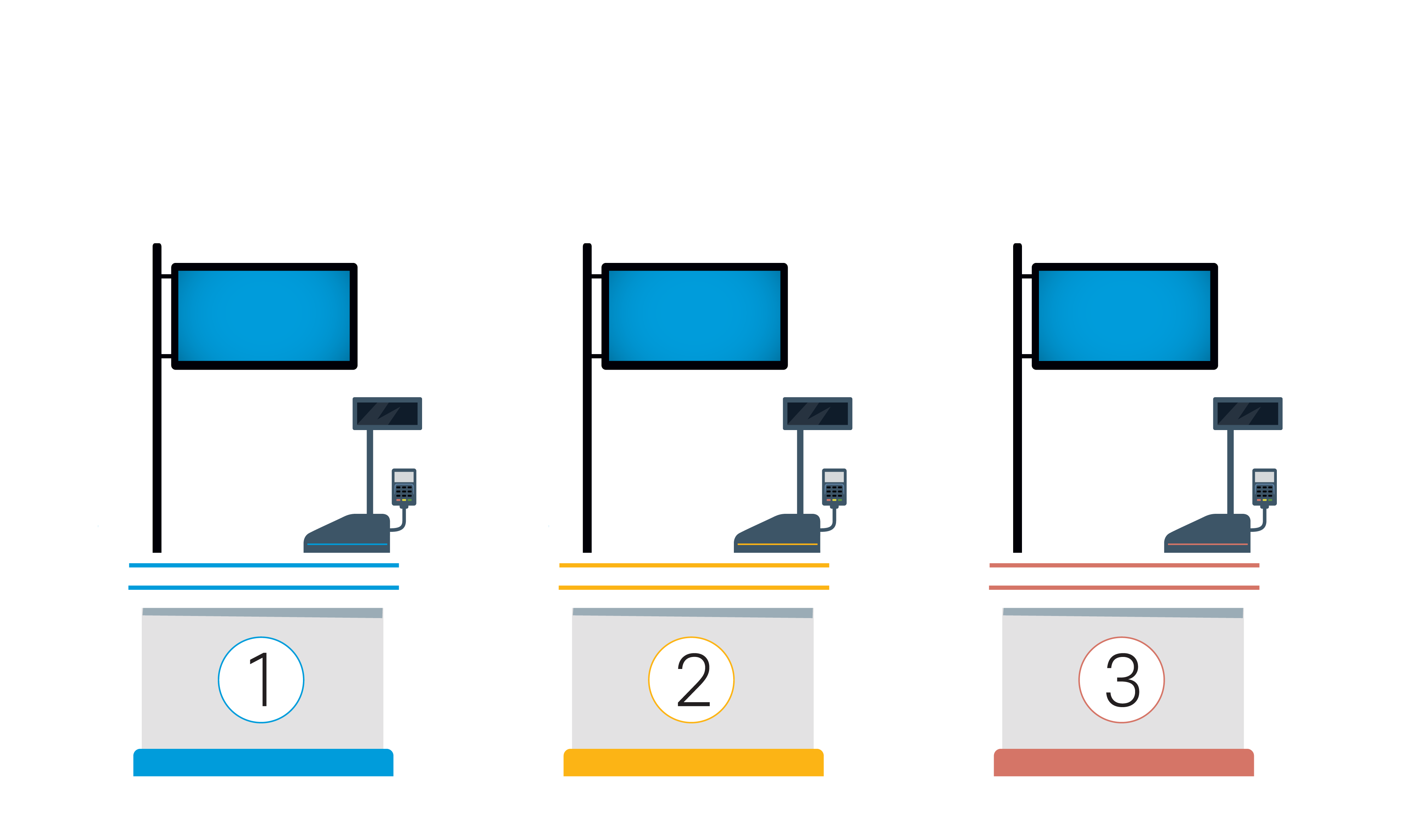

Excercise It
click to see
more info
Sell It
click to see
more info
Let It
Expire
click to see
more info
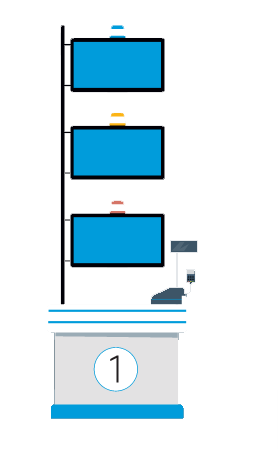
DISCLOSURE
Options carry a high level of risk and are not suitable for all investors. Certain requirements must be met to trade options through Schwab. Covered calls provide downside protection only to the extent of the premium received and limit upside potential to the strike price plus premium received. With long options, investors may lose 100% of funds invested. Multiple-leg options strategies will involve multiple commissions. Spread trading must be done in a margin account. Please read the Options Disclosure Document titled Characteristics and Risks of Standardized Options.
Investing involves risks, including loss of principal. Hedging and protective strategies generally involve additional costs and do not assure a profit or guarantee against loss.
The information provided here is for general informational purposes only and should not be considered an individualized recommendation or personalized investment advice. The investment strategies mentioned here may not be suitable for everyone. Each investor needs to review an investment strategy for his or her own particular situation before making any investment decision.
1116-KBFT
